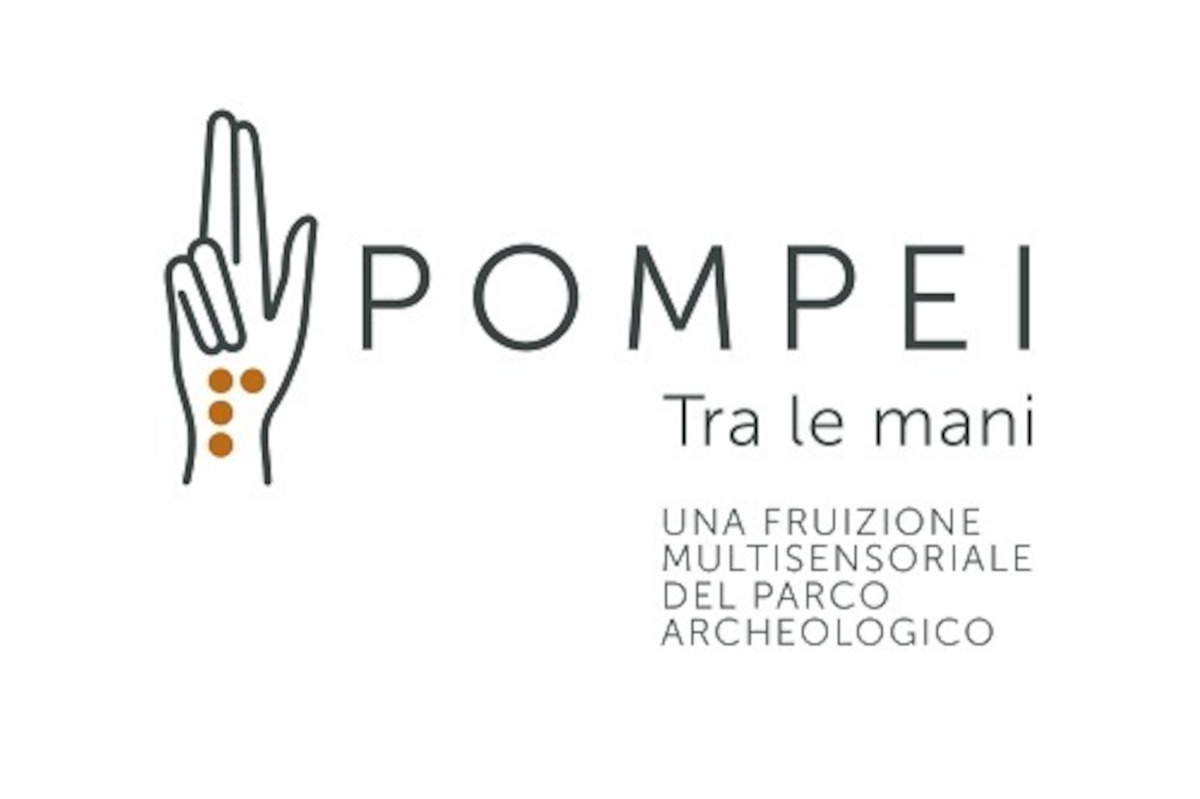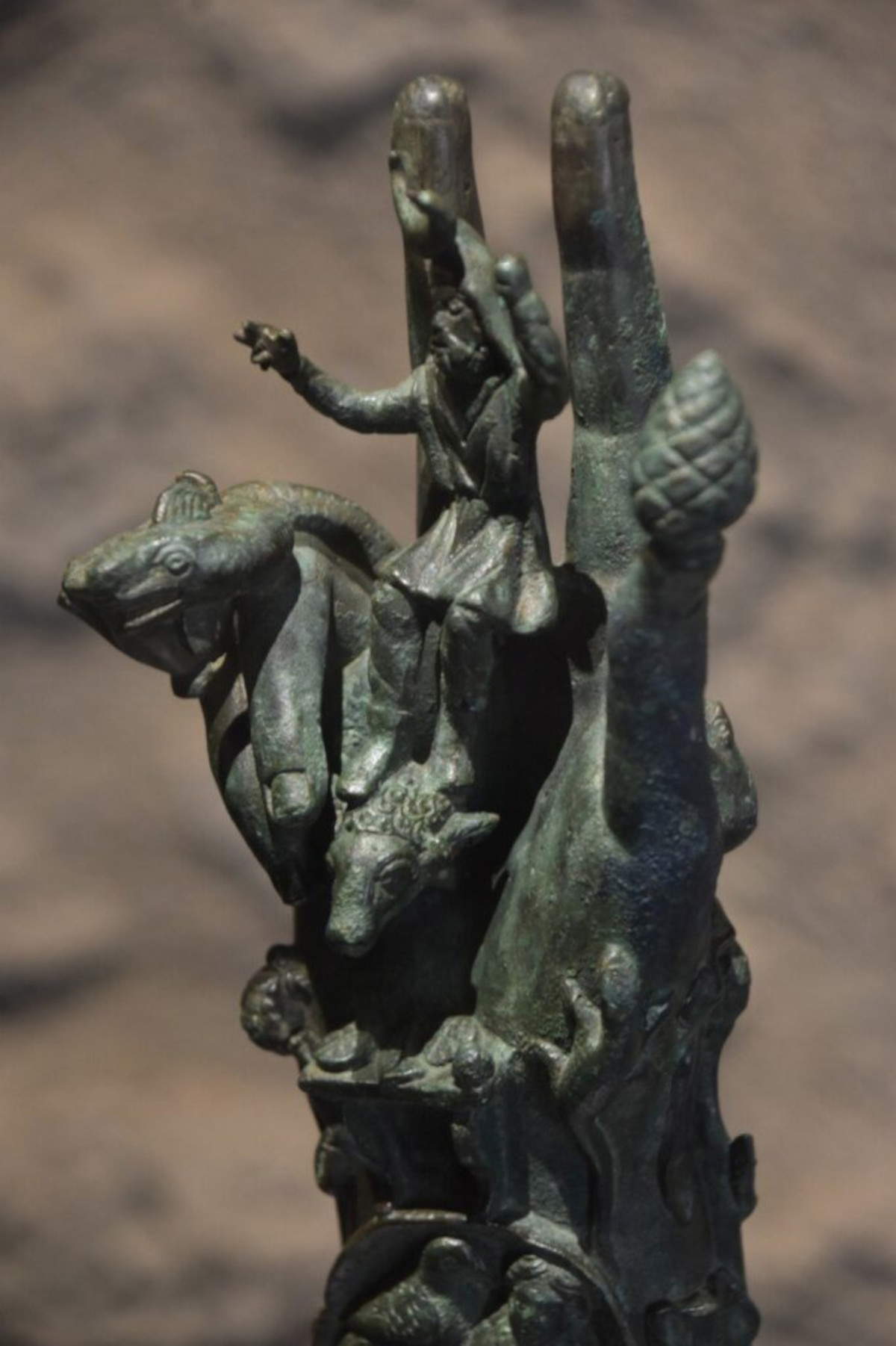Kicking off is the Pompeii in the Hands project, a multi-action multisensory pathway to “touch history” and promote cultural accessibility at the Pompeii site, promoted by the Pompeii Archaeological Park and implemented with the support of the Ministry of Culture through PNRR funds - Investment “Removal of Physical and Cognitive Barriers in Cultural Places,” under Mission 1 “Cultural Heritage for the Next Generation.” The project is part of a broader path that the Park has already been working on for some time to ensure full accessibility for all visitors, with a view to expanded and inclusive accessibility that goes beyond the removal of physical barriers alone to include sensory, cognitive and communication barriers, aimed at the entire community.
A first part of the project will see from May 6 and then on May 20, June 3, 17 and 26, and July 2,7 and 18 the organization of guided tours in Sign Language (LIS) that can be booked by interested visitors, at the email prenotazioni@pompeitralemani.it. Admission is free of charge.
Pompeii in the hands, conceived within the “Campania tra le mani” protocol, is proposed as a pilot intervention, strongly rooted in the principles of the UN Convention on the Rights of Persons with Disabilities, aimed at integrating physical and digital tools capable of restoring the ancient city of Pompeii in a more readable, sensory and inclusive form, and includes various actions and tools being completed, such as tactile maps and 3D models of the main sites of the site; high-definition bas-reliefs with Braille captions; accessible videos in Italian Sign Language (LIS) and International Sign (IS), with subtitles and voice-over; inclusive virtual tours and audio descriptions, which can also be used remotely; a sensory station to discover materials, shapes and scents of ancient Pompeii; interactive signage with QR codes; and with guided tours with LIS interpreters, also specific training for Park staff.
The implementation of the different activities is developed through a gradual and shared approach, in constant dialogue with the Park’s internal professionals and accessibility experts, following a logic of personalized intervention that takes into account the uniqueness and sensitivity of the archaeological context.

The project makes use of an accessible and symbolic visual identity. Also reinforcing the recognizability of the project created by Mare Group is a visual and tactile brand inspired by the Hand of Sabazio, from the House of Magical Rites in Pompeii, reinterpreted as a symbol of inclusivity between verbal language, LIS and Braille. The stylized hand, incorporating the letter “P” in Braille, as a reminder of Pompeii of the Braille alphabet. The mark is not just a graphic symbol, but a message that tells the goal of the project: to make culture the heritage of all, to be seen, touched and understood.
“Pompeii in your hands looks to the future, and aims to become a replicable model for other Italian and European cultural sites, with the goal of helping to turn accessibility into value for all,” stressed Park Director Gabriel Zuchtriegel. “Pompeii must be able to be accessible to everyone, not only in the physical sense of the word, but also as a cultural and emotional experience. Pompeii in your hands goes in this direction: it offers concrete tools to open the site to the needs of each visitor, without excluding anyone.”
“We are proud to contribute to the construction of a new way of experiencing Pompeii: more accessible, more exciting, more human,” said Enrico Agresta, Communication Manager of Mare Group. “The Pompeii in your hands project represents a concrete step toward a heritage open to all, to be touched, listened to and experienced with all the senses.”

 |
| Pompeii Archaeological Park even more accessible: a multisensory path and guided tours in LIS |
Warning: the translation into English of the original Italian article was created using automatic tools. We undertake to review all articles, but we do not guarantee the total absence of inaccuracies in the translation due to the program. You can find the original by clicking on the ITA button. If you find any mistake,please contact us.